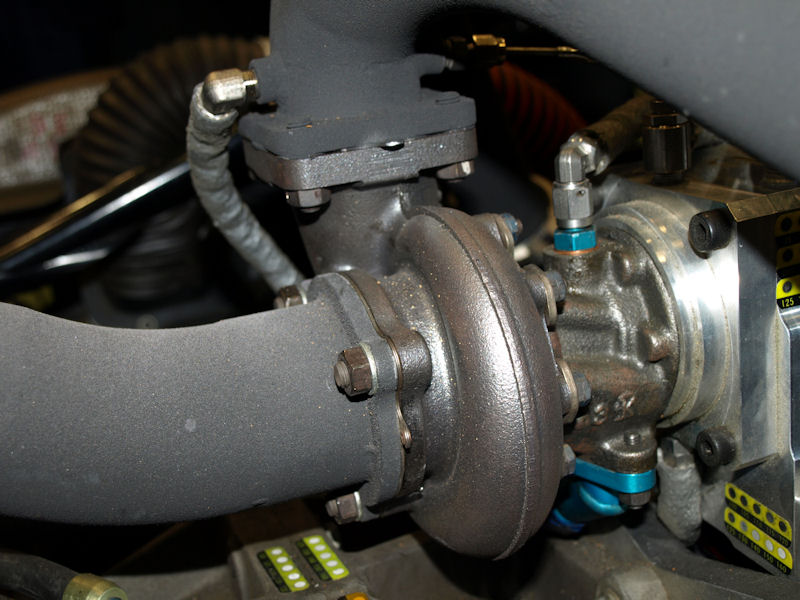The exhaust gases shooting out the tailpipes of internal-combustion cars aren't just a form of pollution, they also represent wasted energy.
One way to use some of that energy has been turbocharging: An exhaust-driven turbine runs a compressor that packs more air into the combustion chambers, allowing more gasoline to be injected, thus producing more power.
DON'T MISS: Electric Turbochargers Forecast To Boom For Gas-Mileage Gains
Now, though, exhaust gases are also being used to generate electricity.
Japanese firm YGK recently unveiled a hybrid powertrain that uses an exhaust-driven turbine to generate electricity. According to Technologic Vehicles, YGK first received a patent for the system in 2012.

Jaguar XJR-15 equipped with YGK EER-Hybrid system
That electricity is stored in a supercapacitor until it's needed. The "EER-Hybrid" (Exhaust Energy Recovery) system reportedly provides a 10-percent boost in efficiency.
Every bit of improvement will likely go a long way, because the car YGK chose to demonstrate this technology isn't a Prius or other typical hybrid, but rather a Jaguar XJR-15.
ALSO SEE: Is Jaguar Perhaps Planning An Electric Sports Car? 'EV-Type' Trademark Teases Us With Possibilities
This low-slung two-seat coupe was Jaguar's first attempt at a modern supercar, and is based on the 24 Hours of Le Mans-winning XJR-9 racer.
The XJR-15 entered production in 1990, and just 50 were made. Today, the sleek coupe lets YGK's engineers draw attention as a sexy demonstrator of green technology.
The car originally boasted a 6.0-liter V-12, but that's been replaced by a 4.5-liter unit of indeterminate cylinder count, along with the exhaust-energy recovering turbine.

Mercedes AMG's 2014 Formula One power unit
RELATED: F1 Racing's Focus Turns To 2014's More Fuel Efficient Engines
While a similar setup likely won't be widely adapted for road cars for some time, exhaust energy is already being harnessed in racing.
Exhaust-driven turbines are among the energy-recovery systems used in the new crop of hybrid Formula One powertrains that debuted as the result of a major rule change for the 2014 season.
_______________________________________________












